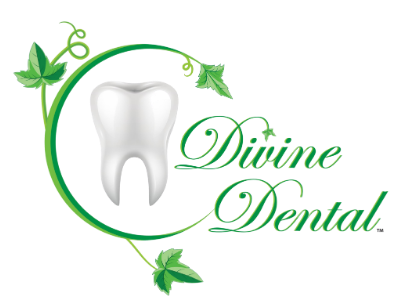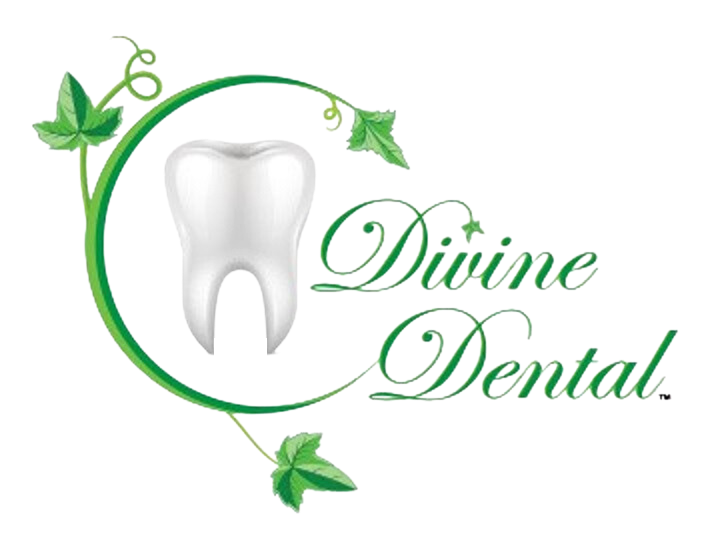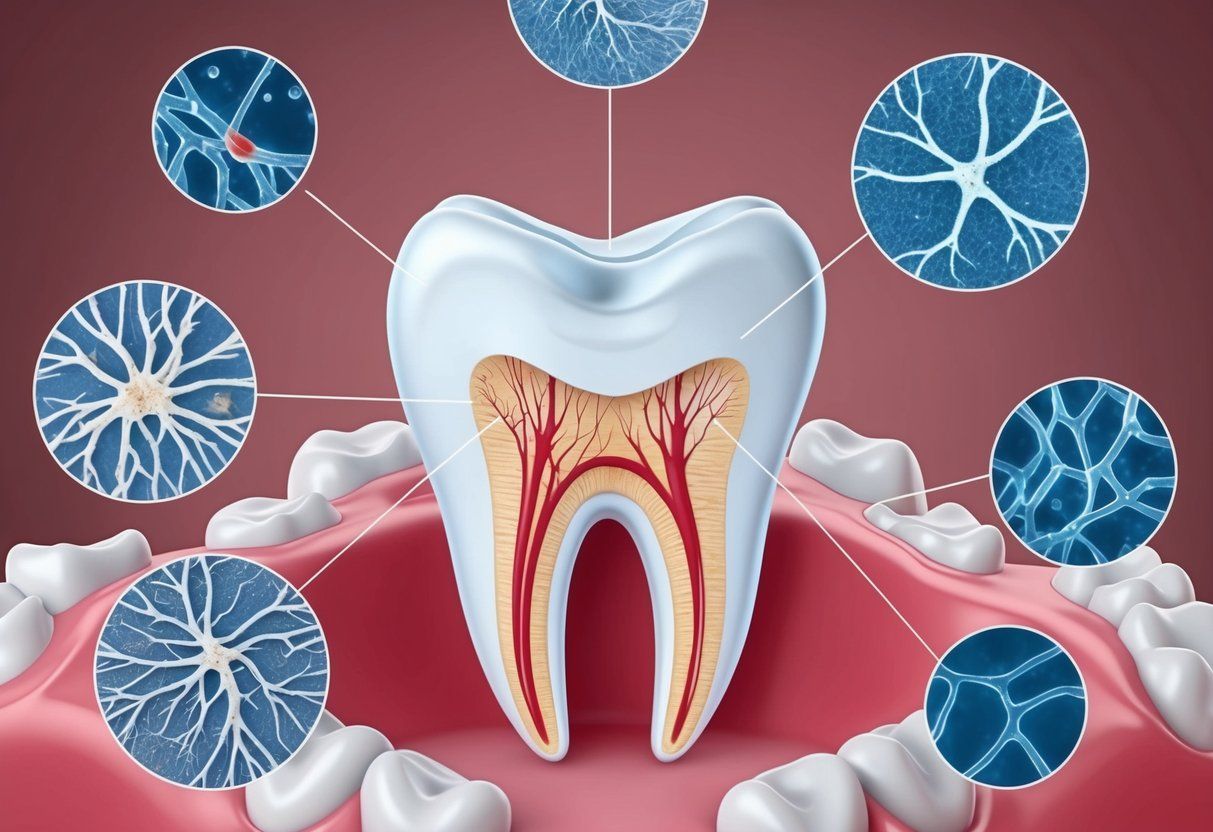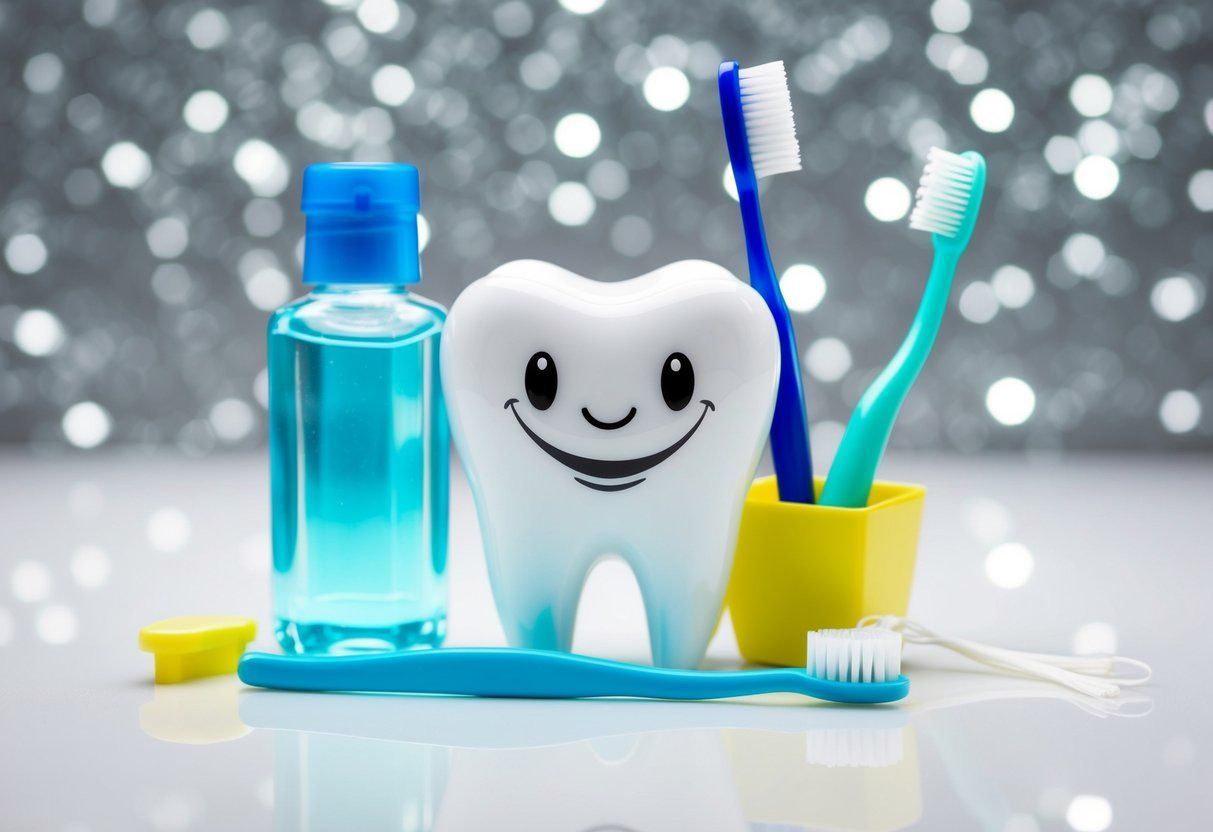Beyond Brushing: The Crucial Role Of Dental Floss In Your Oral Care Regimen
Maintaining good oral hygiene practices is crucial for preventing tooth decay and gum disease. Neglecting oral hygiene can lead to a buildup of plaque, a sticky film of bacteria that can cause cavities and gum inflammation. By regularly flossing and brushing, you can remove this plaque and prevent the onset of oral health issues. Ignoring these practices can lead to more serious problems like periodontitis and tooth loss.
Regular flossing helps to remove food particles and plaque from between the teeth, preventing the formation of cavities and gum disease. Moreover, brushing at least twice a day with fluoride toothpaste can also help to remove plaque and strengthen the teeth. In addition to these benefits, maintaining good oral hygiene practices can also promote overall health, as poor oral health has been linked to conditions like cardiovascular disease and diabetes. By prioritizing oral hygiene, you can not only maintain a healthy smile, but also protect your overall well-being. It's clear that the simple act of flossing and brushing can have far-reaching benefits for oral health and beyond.
The Vital Role of Flossing in Your Dental Care Routine
Flossing plays a vital role in maintaining a comprehensive dental care routine by reaching the places where a toothbrush cannot. It effectively removes plaque and debris from between the teeth and along the gumline, preventing the buildup of bacteria that can lead to cavities and gum disease. By clearing out these hard-to-reach areas, flossing also promotes gum health and prevents the progression of gum disease.
In addition to its specific dental benefits, flossing also contributes to overall health. Research has shown that gum disease is linked to other serious health conditions such as heart disease, diabetes, and respiratory infections. By incorporating flossing into your oral hygiene routine, you are not only taking care of your teeth and gums but also potentially reducing the risk of developing these other health issues.
While brushing is essential for cleaning the surfaces of teeth, flossing is equally important in reaching the areas between teeth and below the gumline. The two work hand in hand to maintain optimal oral hygiene. Incorporating flossing into your daily routine can significantly improve your dental health, prevent oral health issues, and contribute to your overall well-being.

What is Dental Floss?
Dental floss is an essential tool for maintaining good oral hygiene. It is a thin, flexible strand typically made of nylon or Teflon that is used to remove food particles and plaque from between the teeth and along the gumline. Dental floss comes in various forms including waxed, unwaxed, flavored, and tape, to accommodate different preferences and needs. The use of dental floss helps prevent cavities, gum diseases, and bad breath by reaching areas that a toothbrush cannot effectively clean. It is an integral part of any oral care routine and should be used at least once a day to ensure optimal dental health.
What Type of Floss Should I Use?
There are several types of floss available, each with its own unique features and benefits. Nylon floss is a common type that is affordable and comes in various flavors, making it appealing to many users. PTFE floss, also known as "glide" floss, is made from a special type of polymer and is shred-resistant, making it ideal for people with tight spaces between their teeth. Woven floss is made from multiple fibers woven together, making it more durable and effective at removing plaque and food particles.
For individuals with dexterity issues, PTFE floss is typically the best option due to its smooth texture and ease of use. This type of floss glides easily between teeth without shredding, making it a great choice for those who struggle with traditional floss. Additionally, individuals with tight spaces between their teeth may also benefit from PTFE floss due to its ability to maneuver into hard-to-reach areas more effectively than other types of floss.
How Often Should I Floss my Teeth?
The American Dental Association recommends flossing your teeth at least once a day for optimal oral health. Flossing daily is essential for removing food particles and plaque buildup in between the teeth and along the gumline where toothbrushes can't reach. By flossing regularly, you can prevent cavities, gum disease, and bad breath.
It is best to floss at a time that works for you, whether it's in the morning, after meals, or before bed. Consistency is key, so it's important to make flossing a part of your daily oral care routine. By doing so, you can maintain healthy teeth and gums, as well as reduce the risk of developing dental issues in the long run.
By flossing daily, you can effectively remove plaque, which if left untreated, can harden and turn into tartar, leading to gum disease. In addition, flossing helps stimulate the gums, reduce inflammation, and promote overall oral hygiene. Therefore, incorporating daily flossing into your oral care routine is crucial for maintaining a healthy and happy smile.
What Is The Correct Technique For Using Dental Floss?
The correct technique for using dental floss involves grasping a section of floss tightly between your thumbs and index fingers. Gently slide the floss between your teeth in a zigzag motion, making sure to curve the floss around the base of each tooth in a 'c' shape. As you move the floss up and down, be mindful to also gently slide it under the gum line to effectively remove any plaque or food particles. This technique helps to clean the spaces between your teeth and under the gum line where a toothbrush may not be able to reach.
By incorporating this correct technique into your daily oral hygiene routine, you can effectively prevent tooth decay, gum disease, and bad breath. Remember to use about 18 inches of floss, so you can use a fresh section for each tooth and avoid transferring bacteria. Additionally, be gentle to avoid causing damage to your gums. This simple yet important practice can significantly contribute to maintaining good oral health.

Benefits of Flossing
Flossing is an essential part of a good oral hygiene routine that often gets overlooked. Many people only focus on brushing their teeth, but flossing plays a crucial role in maintaining healthy gums and preventing dental issues.
Removing Food Particles Between Teeth
1. Start by selecting a dental floss that fits your preferences and needs. There are several types of floss available, including waxed, unwaxed, flavored, and unflavored, so choose one that works best for you.
2. Gently slide the dental floss between your teeth, using a back and forth motion to help dislodge any food particles that may be trapped.
3. Move the floss up and down along the sides of each tooth to ensure that all areas are thoroughly cleaned. Be careful not to snap or force the floss, as this can cause injury to your gums.
4. After removing the food particles, rinse your mouth with water to remove any remaining debris. Swish the water around in your mouth before spitting it out to ensure that all particles are removed.
5. For optimal oral hygiene, floss between your teeth at least once a day, preferably before brushing, to remove any remaining plaque and food particles.
By following these steps and incorporating dental floss into your daily oral care routine, you can effectively remove food particles between your teeth and maintain a healthy, clean mouth.
Preventing Plaque Buildup And Gum Disease
Good oral hygiene is essential for preventing plaque buildup and gum disease. Plaque is a sticky film that forms on teeth when bacteria in the mouth interact with leftover food particles. If not removed, it can harden into tartar, leading to gum inflammation and, if left untreated, gum disease.
Regular brushing and flossing are crucial in preventing plaque buildup. Brushing at least twice a day with fluoride toothpaste helps remove plaque and food particles from the teeth. Flossing once a day is equally important as it reaches areas the toothbrush can't, preventing plaque buildup between the teeth and along the gum line.
Using an antimicrobial mouthwash can also help reduce plaque and prevent gum disease by killing bacteria in the mouth. Additionally, visiting the dentist for regular check-ups and professional cleanings is vital in maintaining good oral health. A dentist can remove any plaque or tartar that has built up and identify early signs of gum disease or other oral health issues.
Reducing Bad Breath And Tooth Decay
One of the most effective flossing techniques for reducing bad breath and preventing tooth decay is to floss between every tooth and along the gum line. It's important to use a gentle back-and-forth motion to dislodge any food particles and plaque that may be stuck. By flossing between every tooth, you ensure that no area is missed, reducing the risk of bacteria buildup and potential tooth decay.
Flossing also plays a crucial role in removing food particles and bacteria that cause bad breath and tooth decay. When left between the teeth, food particles can break down and release odorous compounds, contributing to bad breath. Additionally, bacteria feed on these particles and produce acidic byproducts that can erode tooth enamel and lead to decay. By regularly flossing, you remove these harmful elements, promoting a healthier mouth and fresher breath.
Incorporating proper flossing techniques into your oral hygiene routine can significantly reduce the risk of bad breath and tooth decay. By taking the time to floss between every tooth and along the gum line, you can effectively remove food particles and bacteria, ultimately contributing to a healthier and happier smile.
Maintaining Healthy Gums And Tooth Enamel
Maintaining healthy gums and tooth enamel is crucial for overall oral health. Proper techniques include regular flossing to remove plaque and debris between the teeth, brushing with fluoride toothpaste to strengthen enamel and prevent decay, and using a mouthwash to reduce plaque and gingivitis.
It is important to avoid acidic or sugary foods and drinks, as they can contribute to enamel erosion and gum disease. Consuming a balanced diet rich in fruits, vegetables, and calcium is beneficial for oral health.
Signs and symptoms of gum disease include red, swollen, and bleeding gums, while tooth enamel erosion may present as tooth sensitivity and a yellowish appearance. Regular dental check-ups and cleanings are essential for early detection and treatment of these issues, as well as for maintaining overall oral health.
Common Oral Health Issues Linked to Not Flossing Enough
Taking care of our oral health is essential for overall well-being, and one crucial aspect of this is proper flossing. Flossing helps to remove food particles and plaque from between the teeth and along the gumline, preventing a range of oral health issues. When flossing is not done often enough or properly, several common oral health problems can arise. These issues can have a significant impact on not only the health of our mouths but also our overall health and quality of life. Understanding the potential risks of not flossing enough can motivate individuals to prioritize this important aspect of their oral hygiene routine.
Tooth Loss Due To Periodontal Disease Or Cavities
Tooth loss due to periodontal disease or cavities is often the result of poor oral hygiene and other risk factors such as smoking, diabetes, and genetic predisposition. Periodontal disease, also known as advanced gum disease, can lead to the weakening of the bone and connective tissue that support the teeth, causing them to become loose and eventually fall out. Similarly, dental cavities can lead to tooth loss if left untreated, as the decay can eventually reach the tooth's inner pulp and cause irreparable damage.
Flossing plays a crucial role in preventing gum disease and maintaining gum tissue integrity, which is essential for keeping teeth securely anchored in the mouth. By removing plaque and food particles from between the teeth, flossing helps to disrupt bacterial activity and prevent the formation of harmful acids that can lead to tooth decay. Furthermore, flossing prevents prolonged exposure of tooth enamel to these acids, reducing the risk of cavities.
Heart Disease Linked To Bacteria From Inadequate Oral Hygiene Routine
The bacteria from inadequate oral hygiene can lead to heart disease through the link between periodontal disease and heart disease. Bacteria from the mouth can enter the bloodstream through inflamed gums caused by poor oral hygiene. Once in the bloodstream, these bacteria can contribute to the buildup of plaque in the arteries, leading to atherosclerosis and increasing the risk of heart disease.
To address this issue, it is crucial to practice good oral hygiene routines. Regular brushing and flossing help remove plaque and bacteria from the teeth and gums, preventing the development of periodontal disease. Additionally, professional dental cleanings can remove plaque and tartar that cannot be reached through at-home oral hygiene practices.
It is important to emphasize the significance of regular brushing, flossing, and professional dental cleanings in preventing the spread of harmful bacteria that can contribute to heart disease. By maintaining good oral hygiene, individuals can reduce their risk of developing periodontal disease and the potential associated risk of heart disease.
How to Make Sure You're Flossing Every Day
1. Set a daily reminder: Incorporate flossing into your daily routine by setting a reminder on your phone or placing the floss in a visible place to prompt you to floss.
2. Master the technique: Learn the proper flossing technique by gently guiding the floss between your teeth and making a C-shape motion to clean both sides of each tooth.
3. Use sufficient floss: Use at least 18 inches of floss to ensure you are using a clean section for each tooth.
4. Explore different types of floss: Try different types of floss such as waxed, unwaxed, tape, or floss picks to find the one that works best for you.
5. Stay consistent: Make flossing a daily habit to maintain gum health, prevent tooth decay, and ensure fresh breath.
Consistent flossing helps to eliminate plaque and food particles that can lead to gum disease and cavities.
By making flossing a daily routine, you can improve your gum health and overall oral hygiene. Don't forget to take time to make sure you are flossing properly and using sufficient floss. Consistency is key to reaping the benefits of daily flossing.
Conclusion
In conclusion, flossing plays a crucial role in maintaining good oral health. By regularly flossing, individuals can effectively remove plaque, bacteria, and food particles from the hard-to-reach areas between their teeth. This helps prevent gum disease, tooth decay, and bad breath. Furthermore, poor oral hygiene has been linked to systemic health issues such as heart disease, diabetes, and respiratory infections. The connection between gum and tooth disease and overall health cannot be overlooked. Therefore, it is essential to integrate flossing into daily oral hygiene routines to ensure not only a healthy smile but also overall well-being.
Our address
Work Hours
- Mon - Thu
- -
- Friday
- -
- Sat - Sun
- Closed
All Rights Reserved | Divine Dental |
Lead Generation by LeadLane
* Some restrictions may apply to a free second opinion




